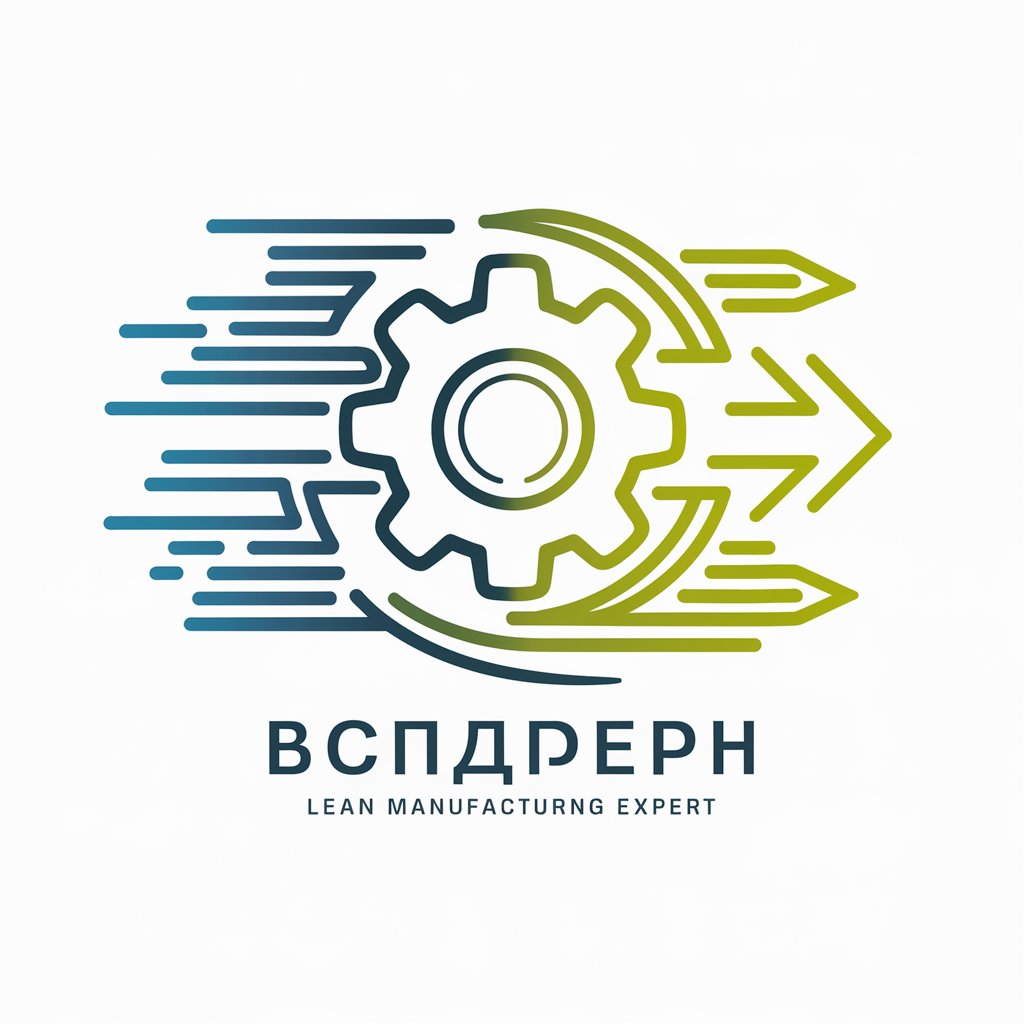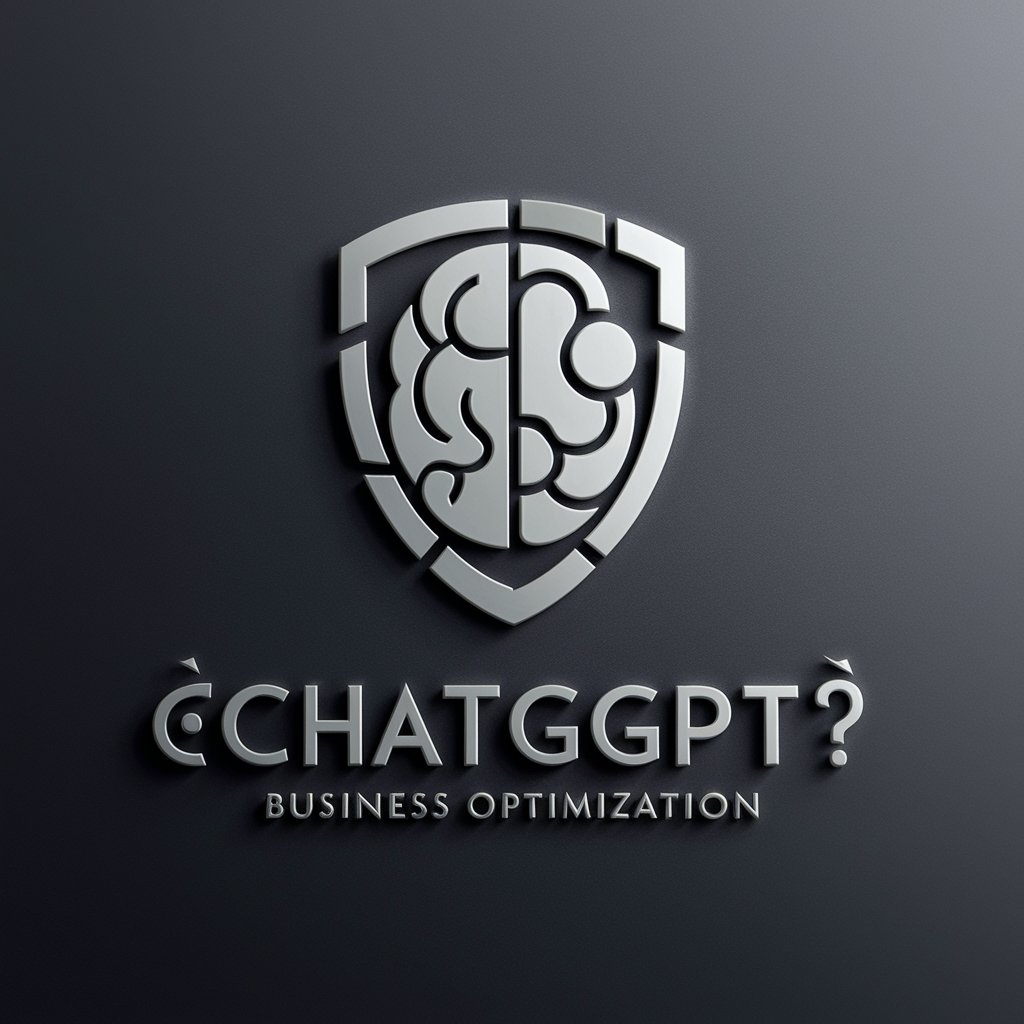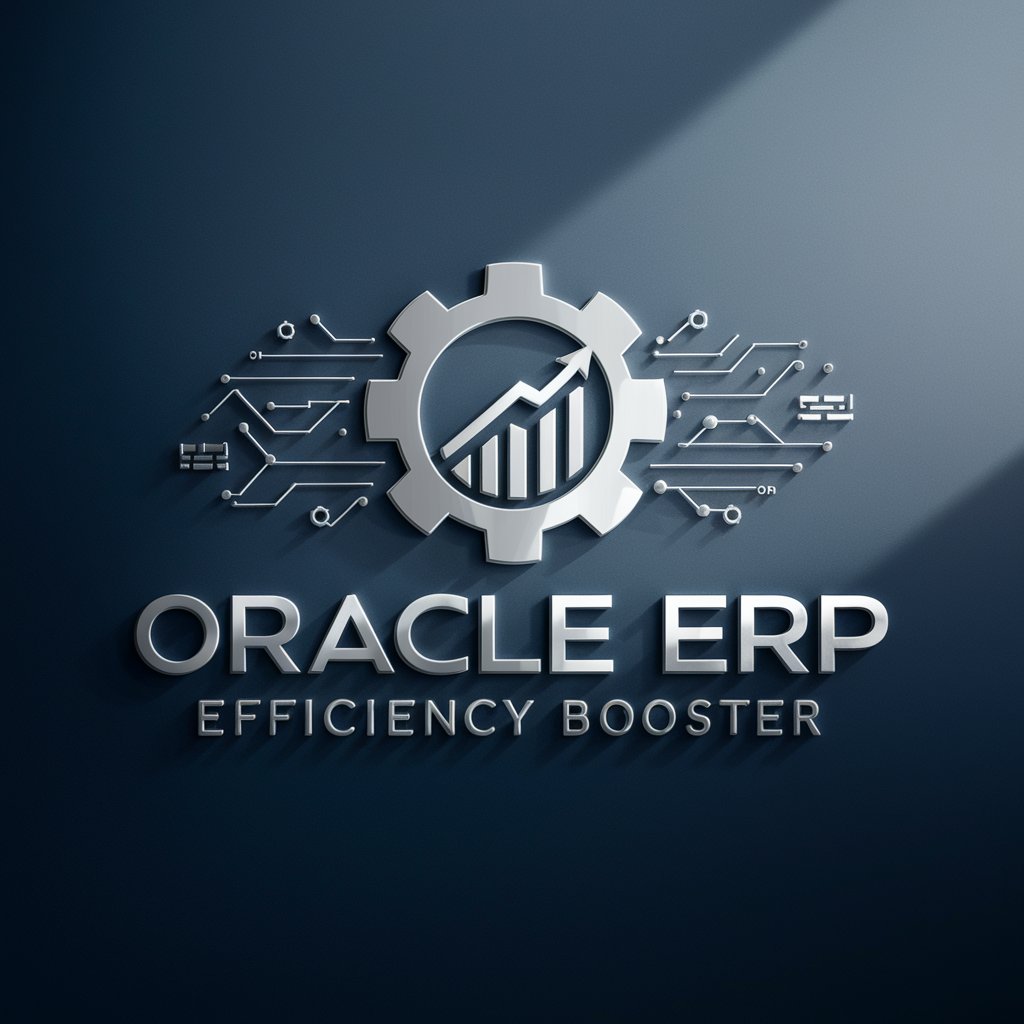
業務効率化 - Operational Efficiency Tool

Streamlining Operations with AI
こんにちわ
Get Embed Code
Introduction to 業務効率化
業務効率化, or business efficiency optimization, is designed to enhance operational efficiency without major capital investment. It focuses on reducing costs per unit of revenue and increasing revenue per unit of cost. This dual approach is critical in streamlining operations, optimizing resource allocation, and improving profitability. Examples include implementing cross-training for employees to enhance productivity and diversifying suppliers to reduce procurement costs. Powered by ChatGPT-4o。

Main Functions of 業務効率化
Cost Reduction
Example
Negotiating with multiple suppliers to decrease procurement expenses.
Scenario
A manufacturing company diversifies its supplier base to weaken seller negotiation power, leading to lower material costs and improved margins.
Productivity Improvement
Example
Implementing cross-training programs for employees.
Scenario
A retail business introduces cross-training, enabling employees to perform multiple roles, which reduces staffing needs during peak hours and lowers labor costs.
Asset Utilization
Example
Leveraging surplus assets for additional revenue streams.
Scenario
A restaurant uses its excess dining space to host events during off-peak hours, creating new revenue sources without significant additional costs.
Demand Forecasting
Example
Applying accurate demand forecasting to minimize overstaffing.
Scenario
A retail chain uses advanced analytics to predict customer footfall, adjusting staffing levels accordingly to optimize labor costs.
Ideal Users of 業務効率化 Services
Small to Medium-Sized Enterprises (SMEs)
SMEs benefit from 業務効率化 by finding cost-effective ways to optimize operations and increase competitiveness without the need for significant investment.
Retail and Hospitality Businesses
These businesses can use 業務効率化 strategies to manage variable demand, optimize staffing, and improve customer service efficiency.
Manufacturing Companies
Manufacturers can apply 業務効率化 to streamline their supply chain, reduce inventory costs, and increase production efficiency.
Service Industry
Service-oriented businesses can leverage 業務効率化 to enhance employee productivity, reduce administrative costs, and improve service delivery.

Guidelines for Using 業務効率化
1
Begin by visiting yeschat.ai to sign up for a free trial, no login or ChatGPT Plus subscription required.
2
Identify specific tasks or processes within your business or project that could benefit from automation or optimization.
3
Utilize the tool's features to analyze your current operational efficiency, identifying key areas for improvement.
4
Implement the recommended changes or automations within your operations to streamline workflows and reduce unnecessary tasks.
5
Regularly review the performance metrics provided by the tool to adjust and further optimize your processes for maximum efficiency.
Try other advanced and practical GPTs
GPT 效率助手
Empowering efficiency with AI bilingual support

考研英语题目分析专家
AI-Powered Exam Analysis at Your Fingertips

考研数学助手
Empowering your math journey with AI
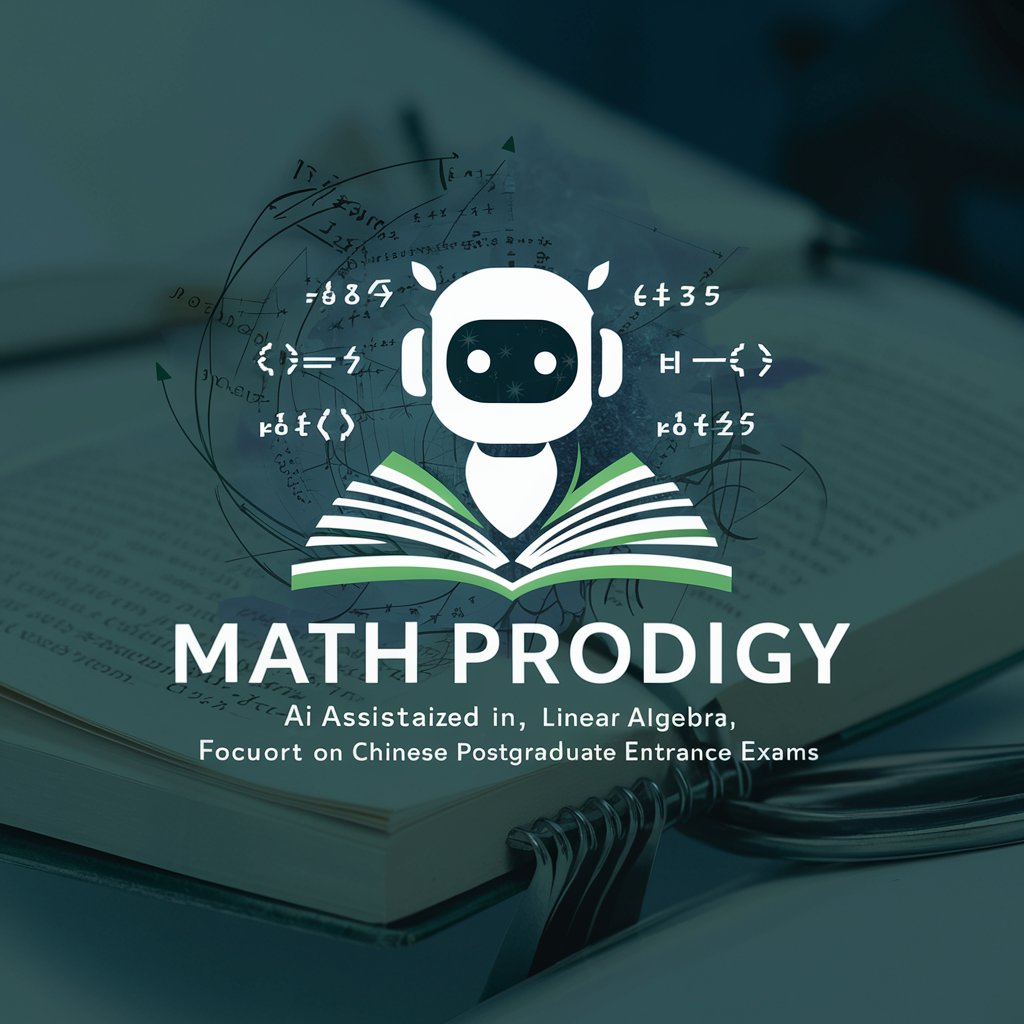
考研英语助手
Elevate Your Essays with AI

考研鼓励师
Empowering your study journey with AI.

考研作文助手
Empowering Postgraduate Exam Success with AI

AI 效率工具助手
Empower your work with AI efficiency

计算机大师
Empowering your code with AI
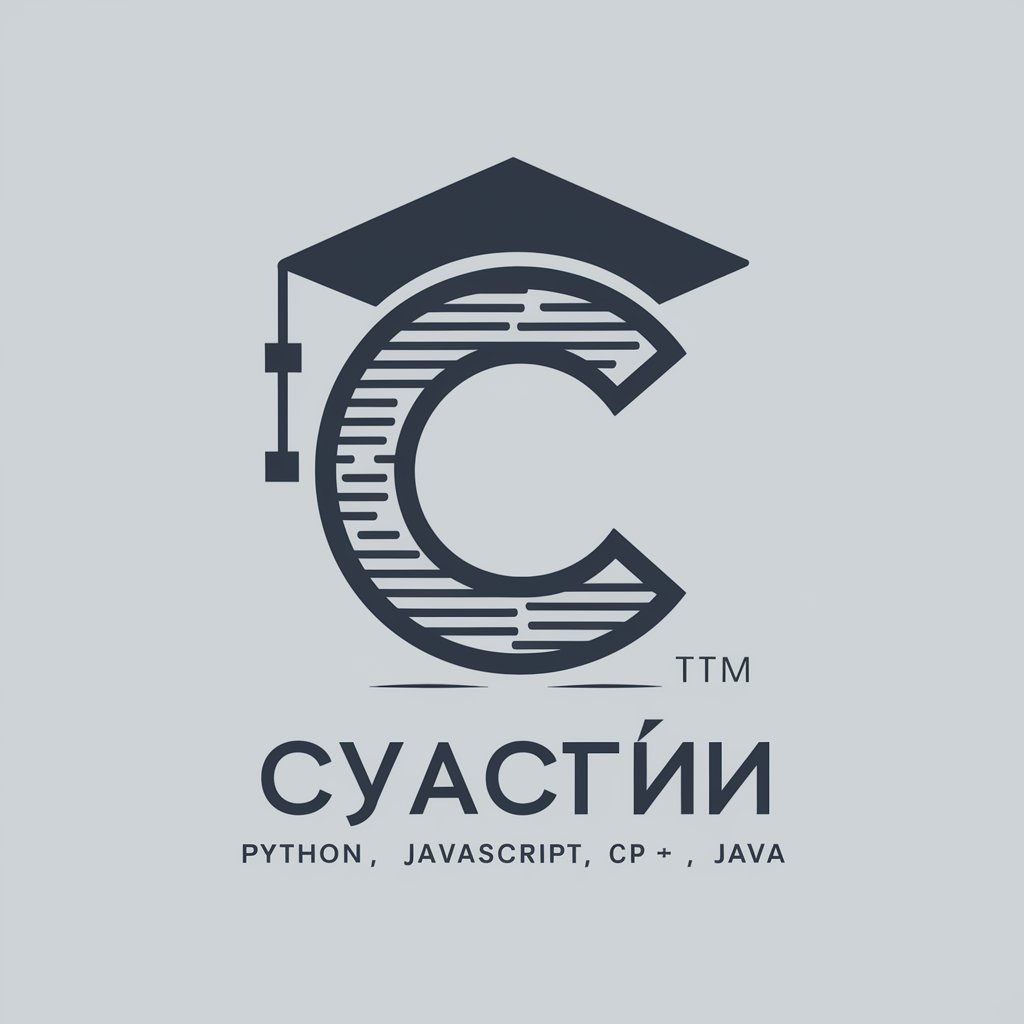
计算机大师
Empowering Blockchain Mastery with AI

云计算百科
Unraveling Cloud Complexity with AI-Powered Guidance
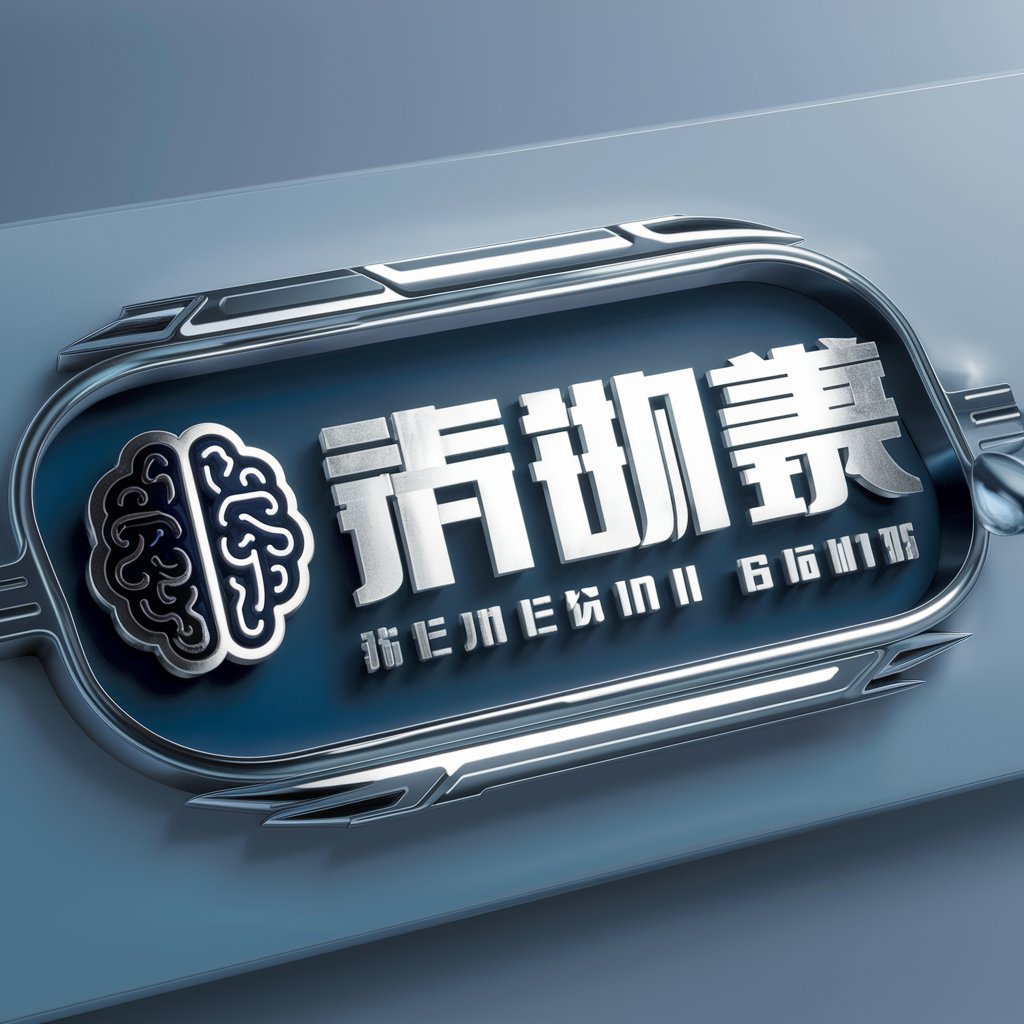
八字
Unlock Your Destiny with AI-Powered 八字 Analysis

AI八字命理预测大师
Unlock Your Destiny with AI
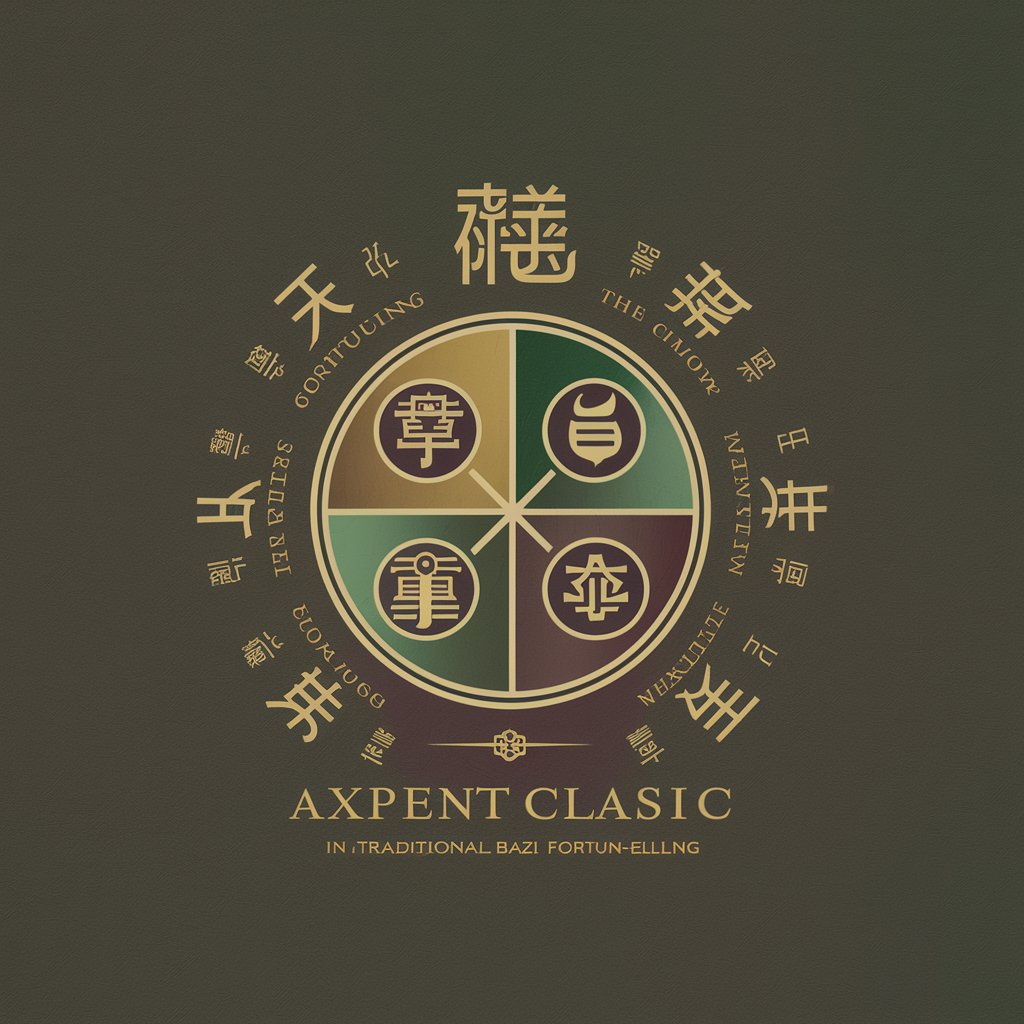
Detailed Q&A About 業務効率化
What is 業務効率化?
業務効率化 is a tool designed to enhance operational efficiency by automating tasks, optimizing workflows, and providing insights into areas of improvement within businesses or projects.
Who can benefit from using 業務効率化?
Business owners, project managers, and teams across various industries looking to streamline their operations and reduce manual labor can benefit from using 業務効率化.
What kind of tasks can 業務効率化 automate or optimize?
It can automate data entry, schedule management, and customer service interactions. It optimizes task distribution, workflow sequencing, and resource allocation.
How does 業務効率化 improve decision-making?
By providing real-time data and analytics, it helps identify trends, forecast demands, and make informed decisions regarding resource management and strategic planning.
Can 業務効率化 integrate with existing systems?
Yes, it's designed to be compatible with various platforms and systems, allowing for seamless integration and enhancing its utility without disrupting current operations.

